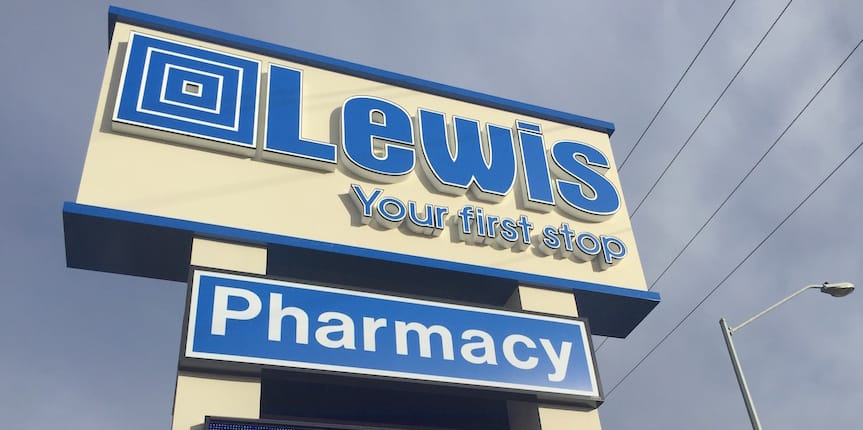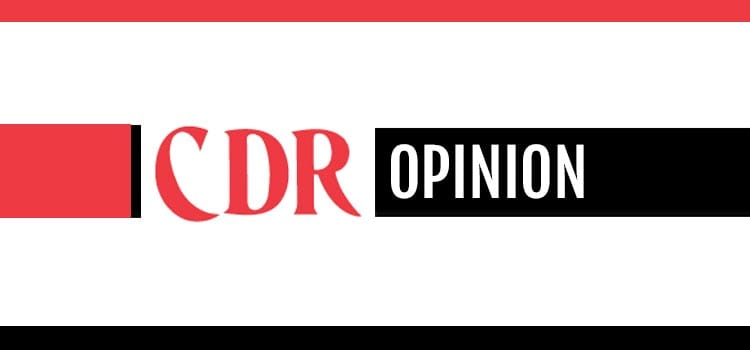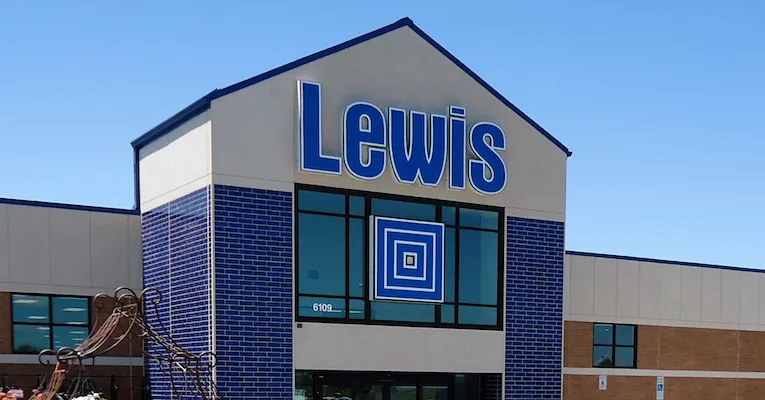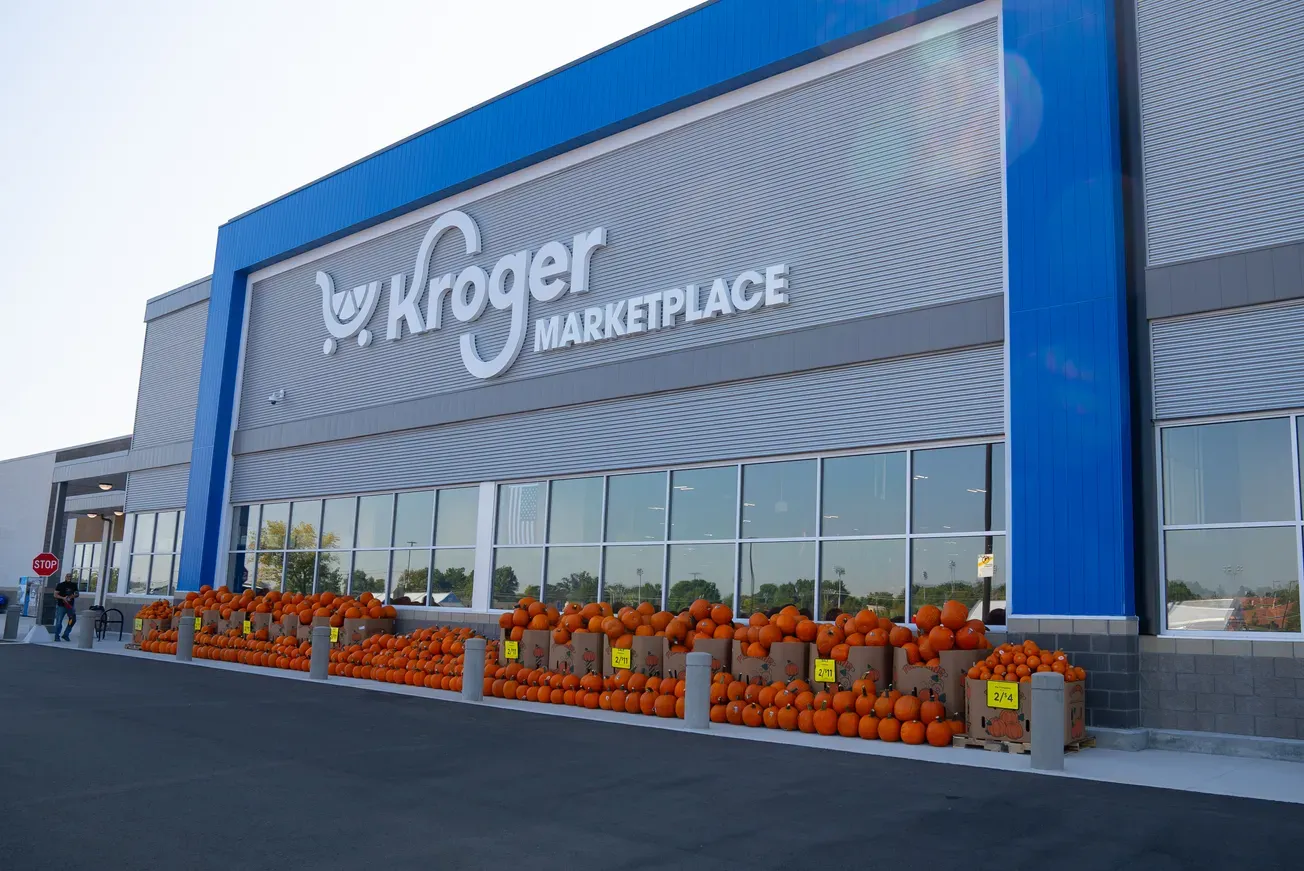With the National Association of Chain Drug Stores gearing up for its annual NACDS Regional Chain Conference, which will run from February 4 through February 6 in Fort Lauderdale, Fla., it is a good moment to appraise that segment of the community pharmacy industry.
Greatly reduced in number by the consolidation wave that has repeatedly swept over the retail sector in recent decades, regional drug chains — defined by NACDS as having between four and 250 stores — confront difficult challenges on more than one front.

The scale of their biggest competitors, including CVS Pharmacy, Walgreens, Walmart and Kroger, all of which operate more than 2,700 locations, puts regional chains at a disadvantage when vying for the time and attention of CPG suppliers, and leaves them with less clout than their larger peers in contract negotiations. Still more significant, the smaller store base of regional players often causes pharmacy benefits managers to bypass them in favor of chains that provide more extensive geographic coverage to plan beneficiaries.
Notwithstanding those formidable obstacles, regional drug chains have managed to remain viable competitors by leveraging their firsthand knowledge of the communities they serve, commitment to customer service and ability to move quickly to capitalize on emerging opportunities. The best of them have demonstrated the ability to develop new ways to serve the customer and differentiate themselves from larger rivals.
Lewis Drug is a case in point. The company has a history of marching to its own drummer, operating some outlets that are much larger than the average chain drug store to accommodate the needs of shoppers in South Dakota, Minnesota and Iowa. The merchandise mix in those locations extends beyond retail pharmacy staples into such areas as furniture, lawn and garden, toys, and pet care.
Lewis launched its next-generation prototype late last year with an eye to staying in sync with the evolving needs of consumers. Located in the Southgate section of Sioux Falls, S.D., where the company is headquartered, the 25,000-square-foot store puts a premium on convenience and the quality of the shopping experience.

Featuring wide aisles, attractive and efficient merchandising displays, and abundant natural light, the store is designed to give customers, in the words of Mark Griffin, Lewis’ president and chief executive officer, “easy access to smart products with the right balance of style and practicality,” while not losing sight of the treasure hunt aspect of retailing that turns shopping from a chore into a pleasurable experience.
Ritzman Pharmacy is another regional chain that is finding innovative ways to compete with the industry’s power players. Noted for its work with Northeast Ohio Medical University in developing a “pharmacy of the future,” Ritzman just wrapped up a series of workshops at select locations that provided customers with free comprehensive wellness assessments. Under the program, Ritzman pharmacists reviewed a patient’s lifestyle and habits for their impact on health and wellness, and scrutinized such factors as weight, blood pressure, heart rate, and blood glucose, hydration and energy levels.
“In our practices pharmacists frequently field questions from patients about ways they can boost their energy levels or for help in achieving their wellness goals,” said general manager of pharmacy services Beth Husted at the time the initiative was launched. “As part of our mission this program will individually educate patients on better wellness choices.”
The initiative is just one of many instances where the Medina, Ohio-based drug chain has extended the role of its pharmacists and helped elevate their visibility among patients, other health care providers and payers. By demonstrating the positive impact the profession can make on people’s well-being beyond the dispensing of prescriptions, Ritzman is doing its part of help secure a more prominent role for pharmacists in health care delivery.
Lewis and Ritzman are just two of the regional chains that refuse to settle for the status quo (one could just as easily have cited the likes of Bartells, Fruth and Pharmaca). As long as they maintain that mindset, regional chains will secure a vibrant place in the industry.







